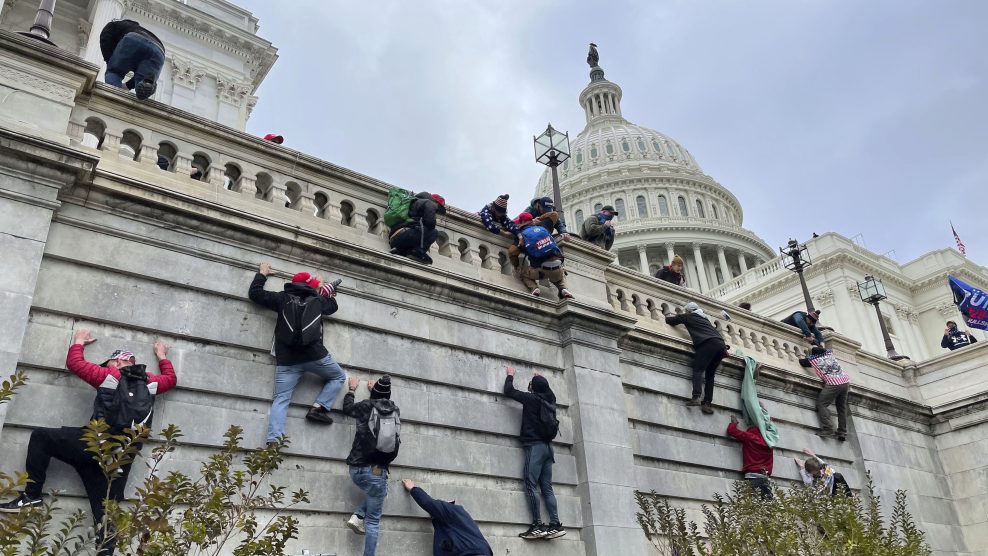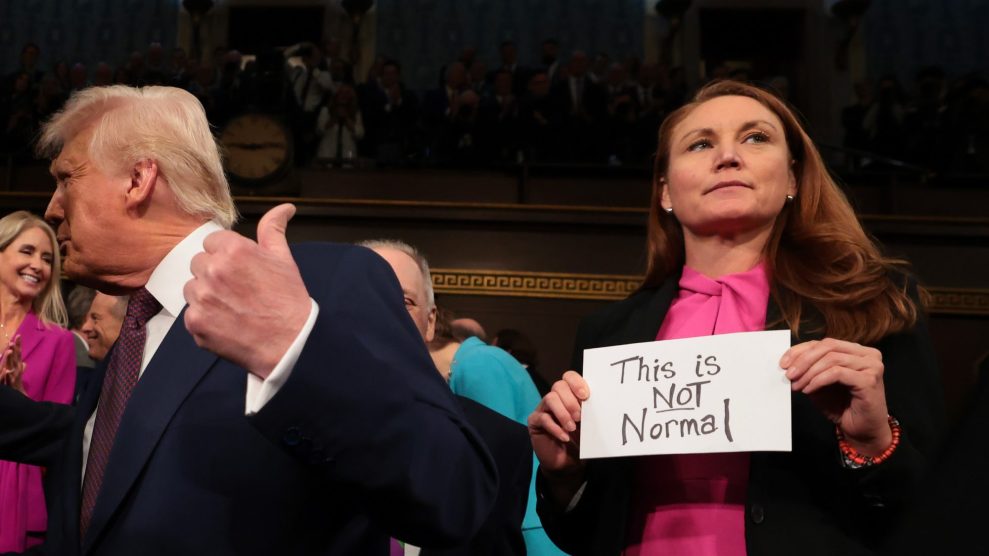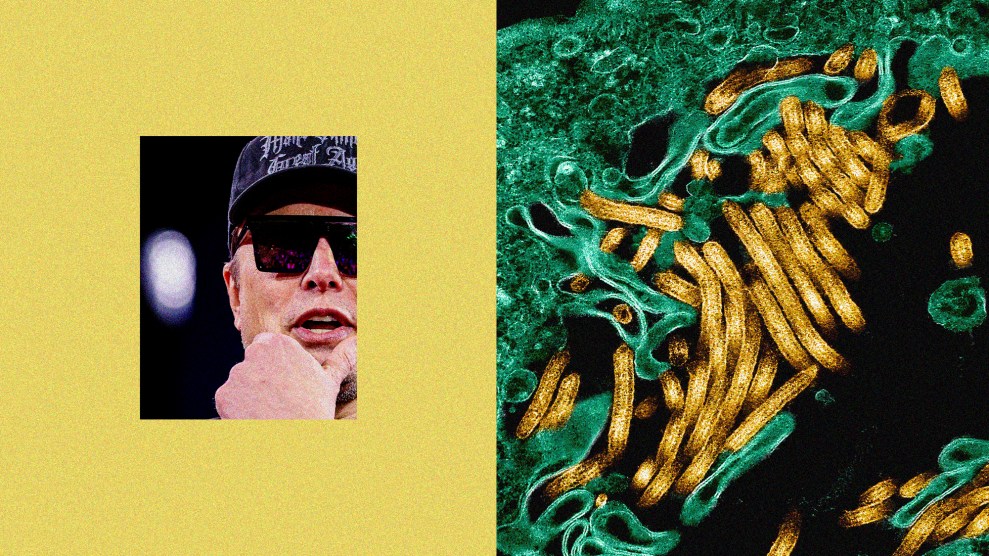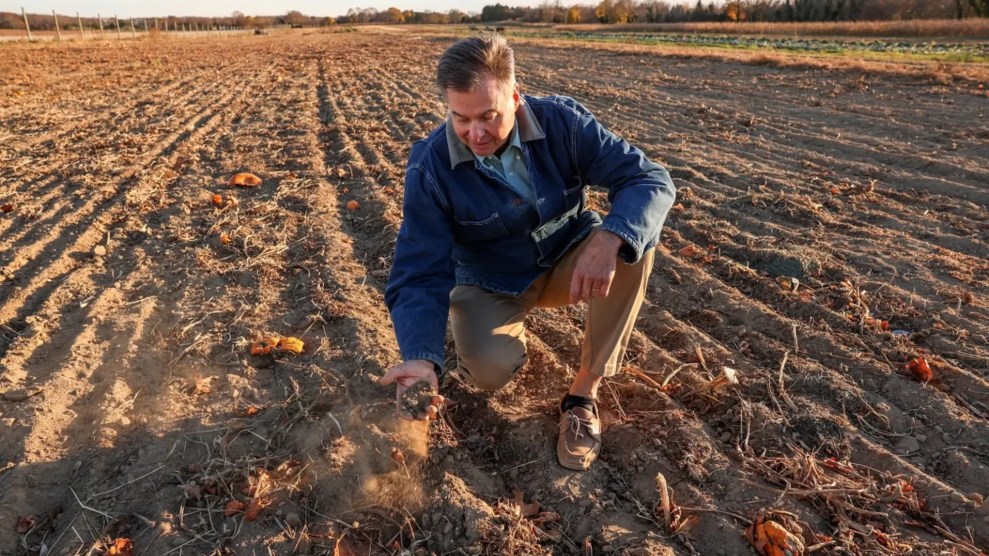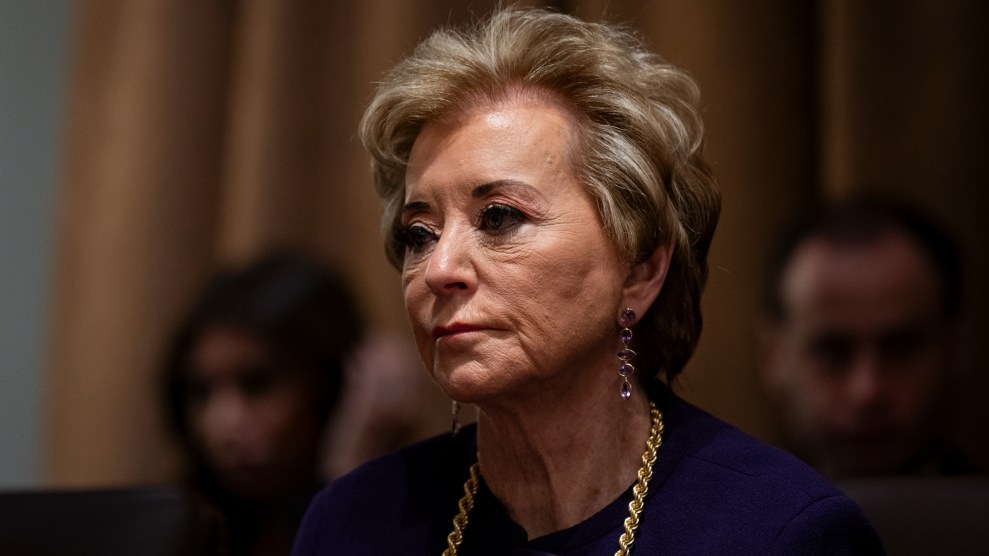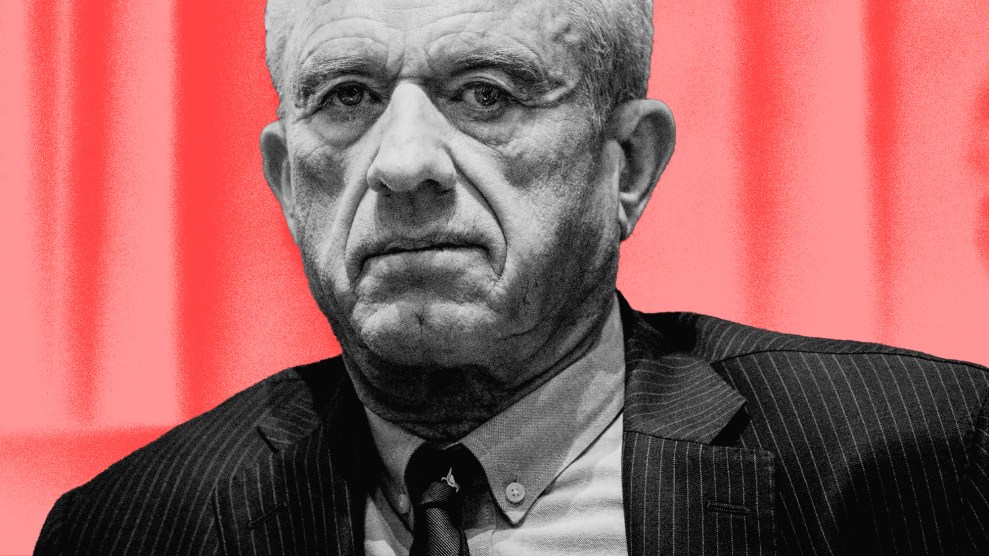Financial woes dogged Stewart Wilson throughout the summer of 1996. A naval petty officer in Jacksonville, Florida, Wilson was in the midst of a costly divorce and his credit rating was abysmal. He needed cash, fast, but his only option for a loan was from a local check-cashing outlet, where he was asked to hand over a check, postdated to his next payday, for $250. In exchange, he received only $200; in annualized terms, interest on the loan was a staggering 650 percent.
Wilson visited one storefront after another, until he’d taken out close to $1,400 in payday loans. To prevent his postdated checks from bouncing — his biweekly pay was just $800 — Wilson soon started borrowing from one lender to pay off another, each time shelling out exorbitant fees just to stay afloat. By 1999, this crippling spiral of debt was costing him $5,640 per year.
Payday loans, or “deferred deposit advances,” as image-conscious check cashers prefer to call them, have long been commonplace in poor communities. But now, mindful of the huge profits at stake, nationally chartered banks are rushing to partner with payday lenders. And the loan-shark stigma doesn’t seem to bother them one bit.
Payday lending is assailed by consumer groups and community activists who denounce annual percentage rates (APRs) on the loans that average nearly 500 percent (and occasionally exceed 2,000 percent). The lenders have also been vilified for allowing unlimited “rollovers,” whereby borrowers who find themselves with insufficient funds at month’s end take out a new payday loan to pay off the old one. (One study in Indiana found that more than 75 percent of payday borrowers rolled over at least once, and some rolled over dozens of times.) Customers like Wilson can end up spending hundreds, even thousands, without ever paying down the principal.
The criticism has scarcely harmed the industry’s pros- pects. Last year, some 8,000 companies made more than $9 billion worth of payday loans — a figure that’s projected to double by 2004. And the profit margins are impressive: The industry’s return on equity is close to 35 percent.
These astronomical yields have tempted several conventional banks — which have long cited profitability concerns as the reason they shun low-income communities — to forge lucrative alliances with payday-loan outlets. Most of these partnerships are expressly designed to circumvent state usury laws. Nineteen states ban payday lending and 21 (plus the District of Columbia) have enacted APR ceilings. But a federal banking loophole permits nationally chartered banks to “export” interest rates from their home states. A payday lender in a regulated state, acting as the “agent” of a bank in a deregulated state, can charge almost any fee it desires.
At least a dozen small banks are enthusiastically participating in these “rent-a-charter” schemes. Eagle National Bank of Pennsylvania has teamed with Dollar Financial Group, the nation’s second-largest check-cashing chain. Today, one-quarter of Eagle’s earnings come from Dollar’s payday loans. Goleta National Bank of California, meanwhile, contracts with ace Cash Express, whose loans are expected to provide 20 percent of Goleta’s profits this year. “Major banks ought to take a much closer look at this product and start doing the same thing I’m doing,” Goleta president Lew Stone told American Banker last August. At least one major bank is already a direct beneficiary: Wells Fargo is the second-largest institutional investor in Goleta’s parent company.
According to Rick Lyke, spokesman for the Financial Service Centers of America, a check-cashing trade group, national bank alliances “enable check cashers to provide a uniform product across state lines.” But state regulators detect less savory motives than bureaucratic streamlining. “If you can’t do it legally, you fancy two-step around [the law] by hooking up with a lender in a state that doesn’t put any limit on APRs,” says Kathleen Keest, of the Iowa Attorney General’s Consumer Protection Division (who notes that her state’s legal APR is already 391 percent). “It’s a race to the bottom.”
Banks insist their behavior is not unusual. “Yes, we are exporting Pennsylvania rates to other states that have different rate caps,” says Eagle president Murray Gorson. “But that’s exactly why all the credit card companies moved to Delaware.” Besides, he adds, nationally chartered banks are sticklers for fair play; Eagle, for example, has coaxed Dollar into prohibiting more than four rollovers per loan. Gorson also insists his check- cashing ally is a respectable operation, “not the behind-iron-bars type.”
Yet eye-popping APRs remain the norm for rent-a-charter lenders, spurring critics to question the banks’ commitment to reform.”How are they cleaning it up?” asks Jean Ann Fox, who monitors payday lenders for the Consumer Federation of America. “Are they not holding checks? Are they not charging triple-digit interest rates? Are they not insisting you pay them on your next payday, even though they are not evaluating your ability to repay?”
Efforts to curb rent-a-charter deals have been a bust. A 1978 Supreme Court decision affirmed the concept of rate exportation, and Congress has been reluctant to close the loophole with legislation. The check cashers’ political clout, which led many states to legalize payday lending in the 1990s, also makes state-level reforms nearly impossible. In California, for example, a state Senate bill that would have imposed modest restrictions on payday loans was killed in committee — following a $528,000 lobbying and political-contribution blitz by the industry, according to the Los Angeles Times.
At least one major bank is bypassing the rent-a-charter model in favor of more hands-on involvement. Last March, Union Bank of California (which is majority-owned by Bank of Tokyo-Mitsubishi) purchased 40 percent of Nix Check Cashing, owner of 49 storefronts in greater Los Angeles. “The Nix acquisition allows us to, in effect, gain a presence in a marketplace where there are far too few banks,” says Thom Branch, Union’s director of strategic planning and projects. “Our strategy is to work with Nix to provide access to mainstream financial services, to encourage financial education.”
Shelley Curran of the Consumers Union, which has analyzed the partnership, is skeptical of Union’s strategy. “Yes, we think it’s great that Union Bank is interested in offering small loans,” she says. “No, we don’t think that payday loans are the way for them to do that.”
